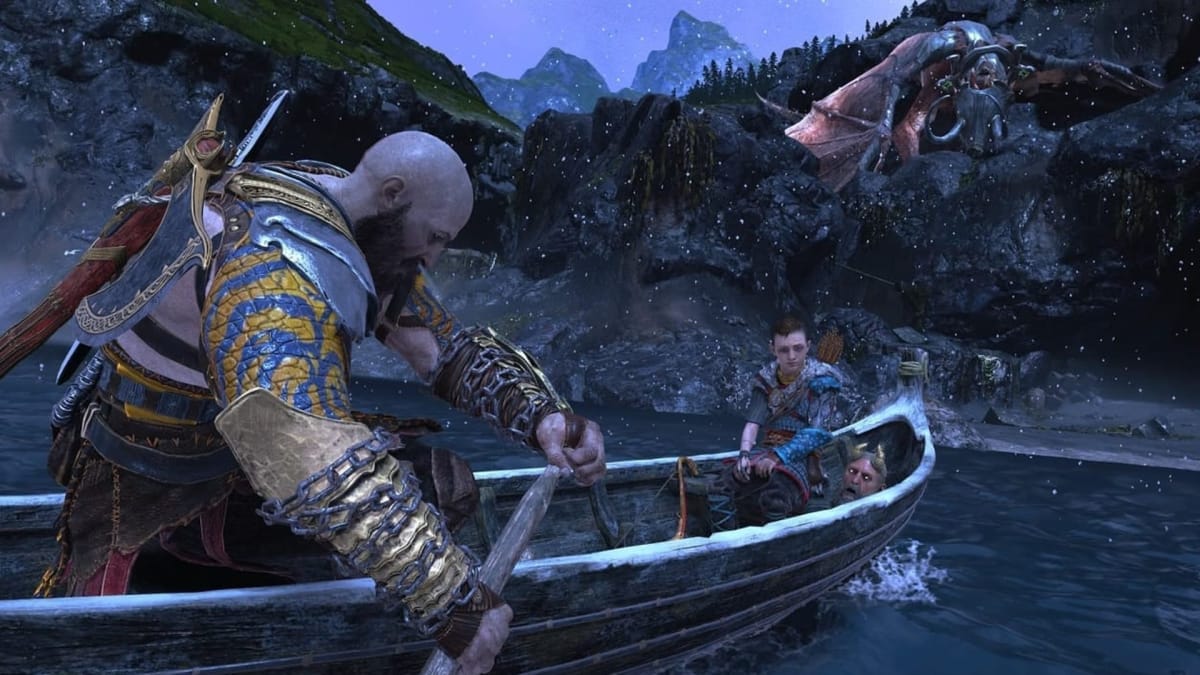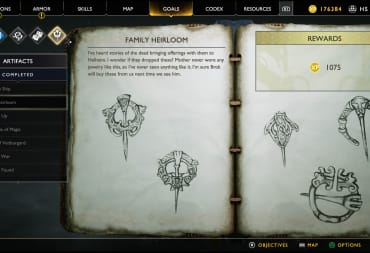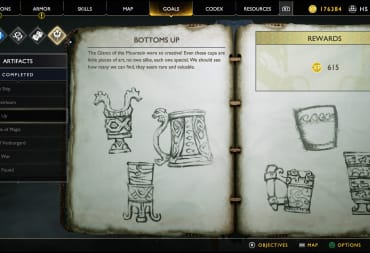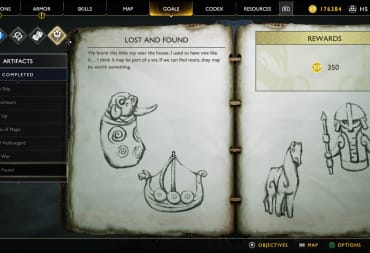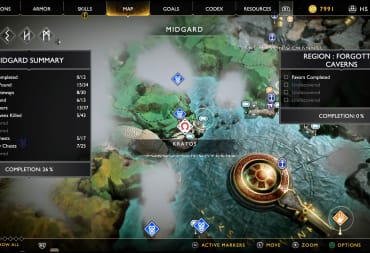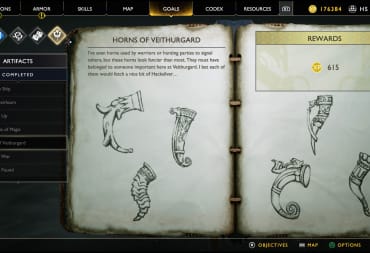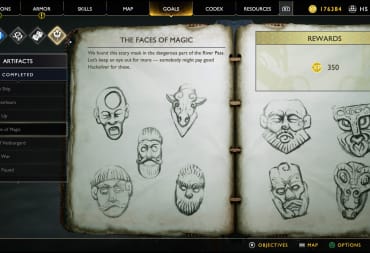There's a crucial difference between the Crash Bandicoot and Spyro the Dragon trilogies: their hub worlds. The former has a world map in the first game akin to Super Mario World where you move your character along linear paths with stopping points signifying levels. The other games opt for one area divided into five sections that contain five levels each. Any five levels in one section can be tackled in any order, too.
Besides minimal character interaction and saving the game, these hub worlds were little more than static gateways that only streamlined and broadened level access over time. The Spyro the Dragon series did this from the start and then some.
The first game drops Spyro into the Artisans’ world. Exploring its rolling green hills and pristine castles unveils portals taking you to smaller worlds with elder dragons to save. You’d expect enemies, platforming challenges, and secrets to belong to them alone, but all the hub worlds boast the same elements.
Subsequent titles removed enemies in their hub worlds but maintained emphases on finding collectibles and acclimating players to new abilities outside of the smaller worlds. Insomniac Games owes much to Super Mario 64 for popularizing how hub worlds can engage players outside of the main fare. I just didn’t expect God of War to deliver on and evolve the concept.
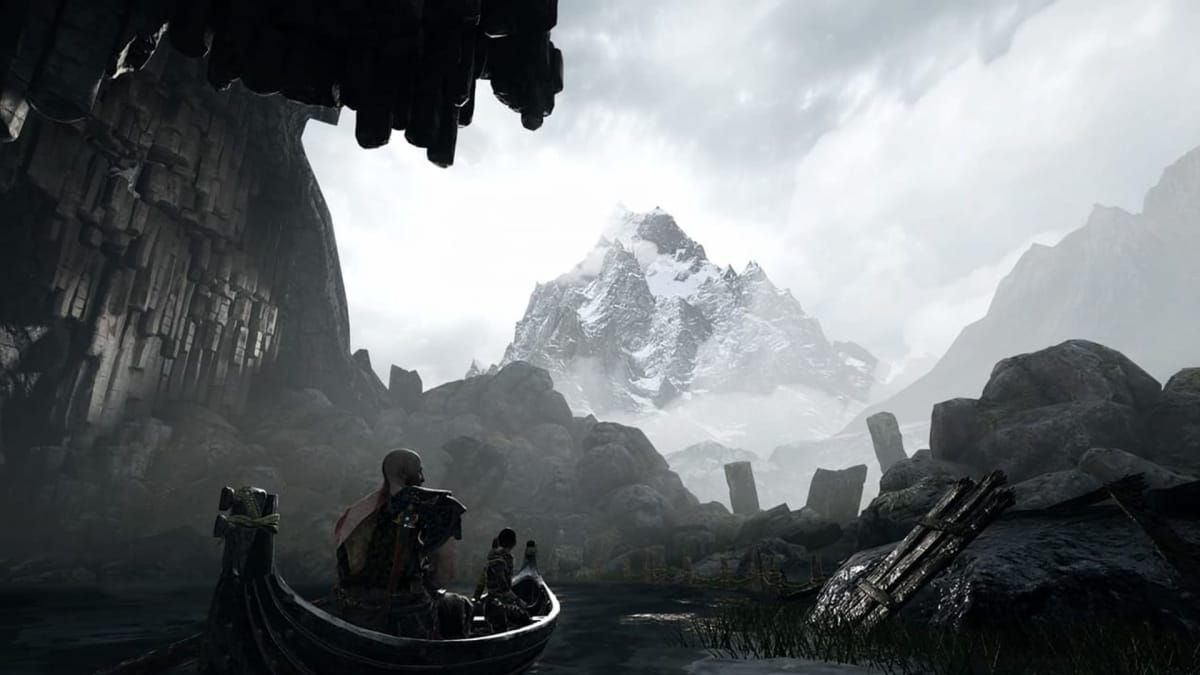
What hub world, you may ask? It’s a valid question since God of War oscillates between linear and open level design like the latest Tomb Raider titles. The obvious answer would be Tyr’s Temple, and you wouldn’t be wrong since that’s where you travel across the Nine Realms. The Dwarven smith Brok has set up shop nearby for you to upgrade, buy, and sell equipment, too. Seems like this place fits the bill for a hub world … but does it, really? A hub world? It’s become a catch-all term. We’re better off calling areas like these hub rooms. Not hub worlds.
Other games inch closer to the promise of hub worlds, such as Dark Souls II, Monster Hunter World, Darksiders II, and Destiny. I’d say they’re more robust variants of Tyr’s Temple that I’d label as hub stations. In-between the relentless action, they give you space and time to collect yourself in danger-free zones that are digital equivalents of town squares.
You come to peruse wares, improve or customize your character, and plan for what’s next (and casually hang out with strangers and friends in some cases). Unlike the aforementioned 3D platformers, most hub stations don’t contain much action or exploration.
They're similar in being separated from levels like hub rooms, but outliers like Dark Souls II and Darksiders II combine surrounding environments, respectively thrusting players back into action after walking a short distance (Majula) or using narrow platforming sections that geographically connect the hub station to real levels as they load in (Tri-Stone). God of War, however, is a hub room, station, and world all at once. You’ve got the Lake of Nine to thank for that.
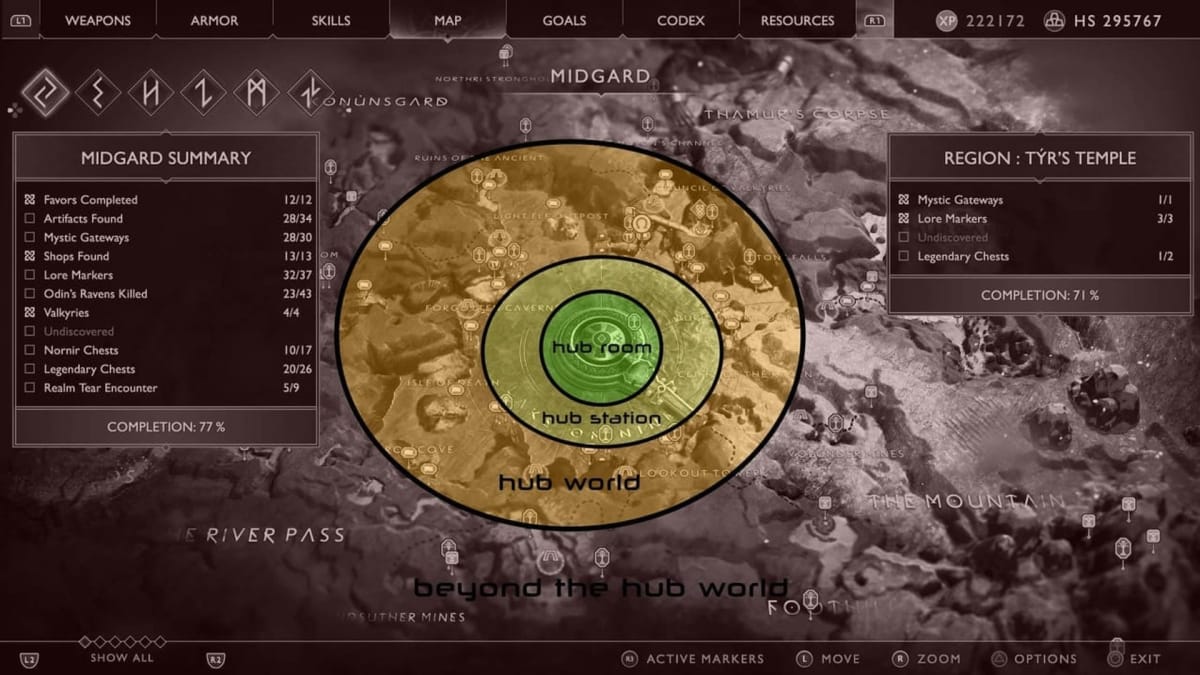
The hub room part is obvious: it's Tyr’s Temple. As for the hub station, that’s a tricky one. Previous God of War entries provided downtime with simple platforming, but the latest one adds in bouts of canoe sailing. You can’t do much besides pick up crafting supplies and currency floating in the water, so this traversal is otherwise tranquil and uninterrupted, replicating the relaxation of hub stations.
The perfect staging grounds for reassessing your inventory, skill trees, and objectives list. I should also mention that these hubs have been used to great effect with character development that doesn't fit in with the core narrative, such as with the Kreisau Circle and Eva's Hammer in Machinegames' Wolfenstein series. God of War implements this strategy as well with myriad conversations between Kratos, Atreus, and Mimir. But the Lake of Nine’s novelty isn’t solely driven by these aspects. That’s found in how its islands, shores, and caves create a growing hub world bridged with all of Midgard.
When you begin exploring the Lake of Nine, you’ll come across inaccessible areas and items or pathways blocked by foreign substances. It’s the good, old Metroidvania bait of motivating you to return to old areas for new gear, puzzles, and other secrets; you know you’ll get stuff later meant to help where you were stumped before. This goes for adversaries that come from Realm Tears as well, which you’re only able to defeat after advancing through more of the story. In the meantime, there are still enough enemies, puzzles, and side quests on your level that will have you drifting here and there.
Most of what you do on the Lake of Nine serves as a healthy one to two-hour break from the narrative, and Santa Monica Studios knew what it was doing in providing natural, well-paced story beats where the Lake of Nine happens to be nestled between the next story-driven, linear quests on your agenda in Midgard. As you can see, it functions much like the hub worlds of Spyro the Dragon or Super Mario 64, but what makes it different is how it expands.
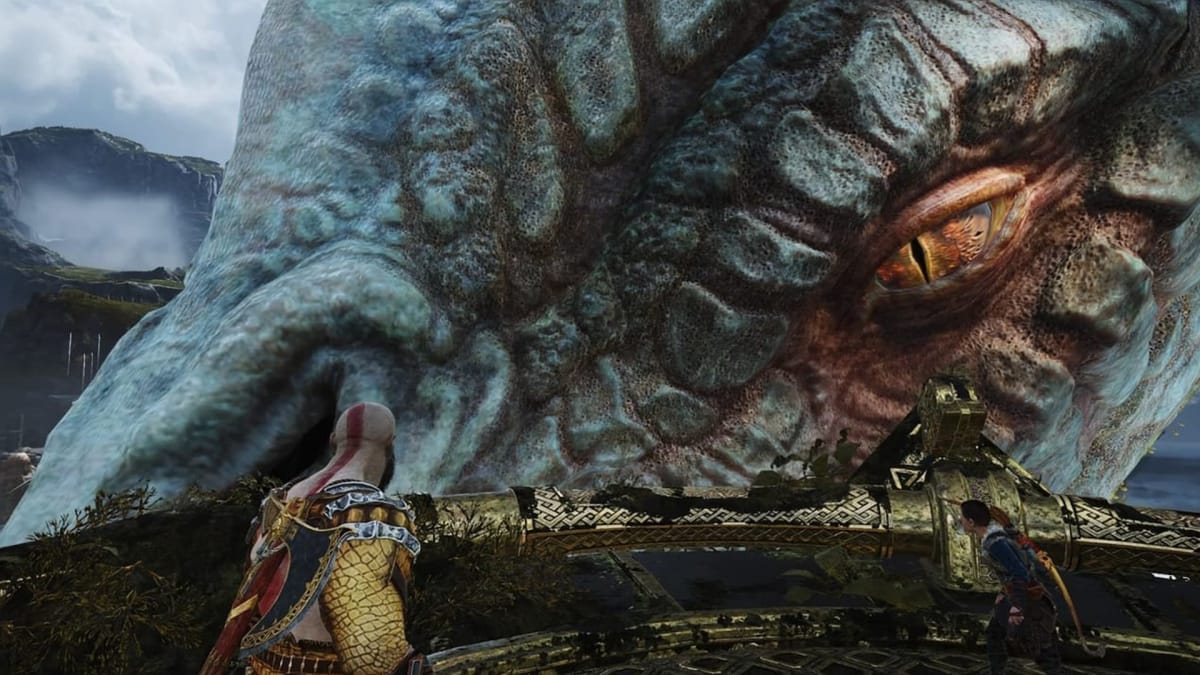
Jörmungandr is wrapped around the mountains surrounding the Lake of Nine. Since his body blocks the streams flowing in and out of the lake, disturbing his slumber near the game’s beginning reveals how Tyr’s Temple and the surrounding shores had been flooded, but this isn’t the only time the World Serpent causes the water level to drain away. Every six hours or so (depending on how much side content you do), you’ll find that inaccessible places will be unlocked, ready to explore with your newfound abilities. Other massive areas outside the Lake of Nine also appear that are tied to side quests, like freeing trapped dragons and defeating Soul Eaters.
Areas cleared of enemies should be barren and yet they’ll occasionally greet you with tougher foes like Wulvers or Trolls. The Lake of Nine may not be bustling with real players like multiplayer hub stations, but it manages to evoke a similar vein of liveliness rarely seen in any sort of hub, especially of the single-player variety. Your actions impact this hub world's layout yet the unexpected will develop without your knowing. Only games like Demon’s Souls and Bastion come close in emulating this feeling of spaces evolving with and without you for smaller, differing reasons.
As strange as the comparison may be, I continually bring up Spyro the Dragon because when I think about the original series’ hub worlds, they put their ilk to shame from other franchises. There’s no need to extend hubs beyond their core function as portals, but what if they could be more? What if they felt like levels filled with their own evolving dangers and mysteries intertwined with spaces to rest and reflect?
Perhaps as opportunities for profound character development? God of War lives up to these aspirations with the Lake of Nine, going beyond the usual expectations we have for world hubs. And when you dwell on that, they shouldn't settle for that norm. God of War is a blueprint for memorable, true hub worlds that live up to their namesake.
This post was originally published in 2018 as part of our Bullet Points series. It's been republished to have better formatting and images.
Have a tip, or want to point out something we missed? Leave a Comment or e-mail us at tips@techraptor.net
